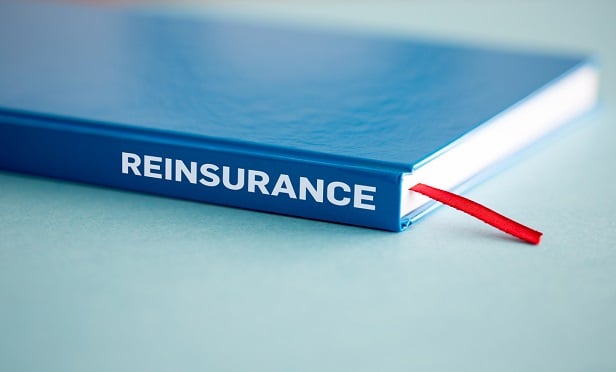
The 2017 natural disaster season was the worst on record. Hurricanes Harvey, Irma and Maria cost an incredible $265 billion in combined destruction and affected vast swaths of Florida, Texas and the rest of the Gulf Coast. The particularly catastrophic year kickstarted conversations about reinsurance premiums and their ability to accurately reflect risk.
While reinsurance premiums have remained relatively flat, assuming the reinsurance market's future stability could in and of itself be catastrophic, there's no guarantee that prices will remain static.
Given that past pricing pressures have dictated premium rates for about a decade, it's time for insurance carriers to more effectively drive reinsurance negotiations using accurate data sets that can better reflect risk and lead to more favorable terms.
Recommended For You
Want to continue reading?
Become a Free PropertyCasualty360 Digital Reader
Your access to unlimited PropertyCasualty360 content isn’t changing.
Once you are an ALM digital member, you’ll receive:
- Breaking insurance news and analysis, on-site and via our newsletters and custom alerts
- Weekly Insurance Speak podcast featuring exclusive interviews with industry leaders
- Educational webcasts, white papers, and ebooks from industry thought leaders
- Critical converage of the employee benefits and financial advisory markets on our other ALM sites, BenefitsPRO and ThinkAdvisor
Already have an account? Sign In Now
© 2025 ALM Global, LLC, All Rights Reserved. Request academic re-use from www.copyright.com. All other uses, submit a request to [email protected]. For more information visit Asset & Logo Licensing.








